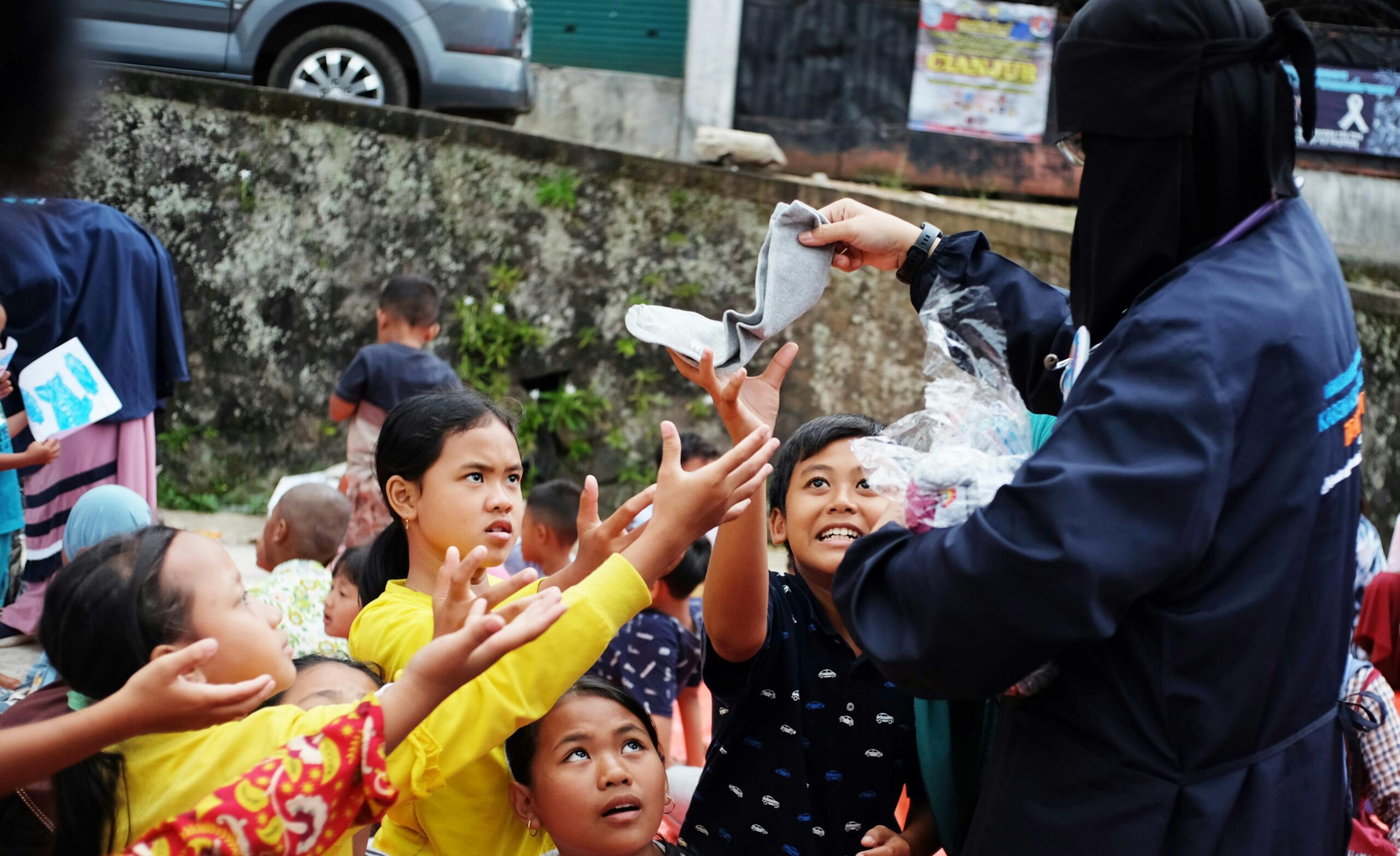HEALTH
Your First Responder Journey: From Basics To Advanced First Aid Skills

In a situation, knowing how to give first aid can make all the difference. Whether it’s a minor scrape or a life-threatening situation, having the confidence to act swiftly and effectively can save lives. This journey from mastering the basics to honing advanced first aid skills is not just about learning techniques; it’s about empowering individuals to become confident first responders in any emergency.
Understanding the Basics
Learn the basics of first aid as the first thing you need to do to become a good first responder. This encompasses fundamental principles such as assessing the scene for safety, checking for responsiveness, and calling for professional help when needed. Basic first aid skills also include managing minor wounds, performing CPR, and applying bandages and splints to immobilize injuries.
Building a Solid Foundation
Building upon these basics, the journey progresses to developing a more comprehensive understanding of first aid principles and techniques. To do this, you need to learn how to spot and handle a lot of different medical situations, such as choking, burns, broken bones, and allergic reactions. It also includes understanding the importance of clear communication and remaining calm under pressure, essential qualities for effective first responders.
Gaining Confidence Through Training
One of the most crucial aspects of the first responder journey is gaining confidence through hands-on training and practice. Simulations of real-life situations are used in training classes so that students can use their knowledge and skills in a safe setting. These practical exercises not only reinforce learning but also instill confidence in individuals to handle emergencies with competence and composure.
Transitioning to Advanced Skills
As individuals progress along their first responder journey, they delve into more advanced first aid skills that go beyond the basics. In this group are methods like advanced airway management, giving epinephrine for severe allergic reactions, and using automated external defibrillators (AEDs) to get the heart beating normally again after a cardiac arrest. To master these advanced skills, you need to be dedicated, keep training, and make a promise to keep getting better.
Real-World Application
The true test of a first responder’s skills comes when faced with a real-world emergency. Whether it’s providing assistance at the scene of a car accident, responding to a medical emergency in the workplace, or rendering aid during a natural disaster, the ability to apply first aid knowledge and skills in high-pressure situations is invaluable. Each successful intervention not only saves lives but also reinforces the importance of ongoing training and preparedness.
Empowering Others
One of the most rewarding aspects of the first responder journey is the opportunity to empower others within the community. By sharing knowledge and skills through first aid training programs, individuals can inspire others to become confident first responders themselves. Whether teaching basic first aid to school children or leading advanced training sessions for healthcare professionals, the impact of empowering others to provide first aid reverberates far beyond individual interventions.
Conclusion
Learning basic first aid skills and then progressing to more advanced ones is a life-changing experience that gives people the confidence to act as first responders in any situation. People can start a journey that not only improves their own skills but also gives them the power to make a difference in other people’s lives by learning the basics, building a strong foundation, gaining confidence through training, and then moving on to more advanced skills. As we go further on this path, let us remember that giving first aid is more than just knowing how to do it. It’s also about having the guts to act when it means the most.

-

 MORE2 months ago
MORE2 months agoKatie Cherkasky: A Trailblazer in Military and Civil Rights Law
-

 BUSINESS3 months ago
BUSINESS3 months agoDecomm: Mastering The Final Stage of Tech Lifecycles
-

 MORE3 months ago
MORE3 months agoLeona Kimes: From Hillsong Pastor to Advocate for Change
-

 MORE3 months ago
MORE3 months agoGreg Kriek: South Africa’s Rising Star in Global Cinema